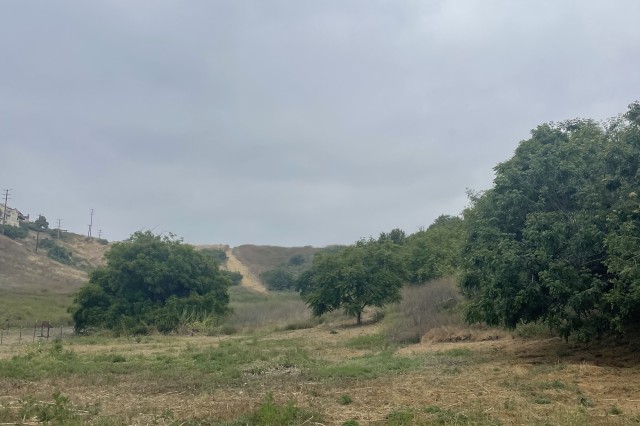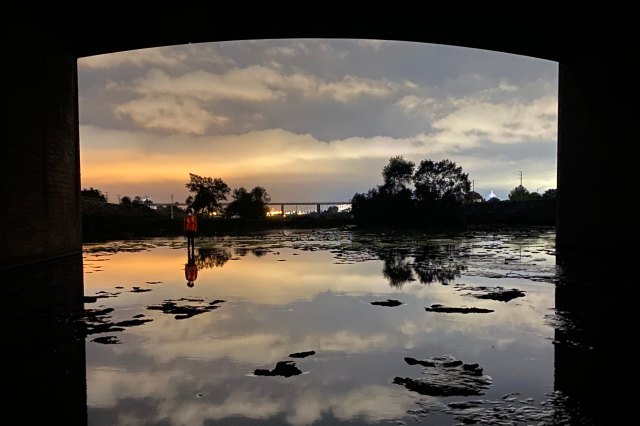The museum will be closed Thursday, January 1 for New Year's Day. We will reopen Friday, January 2.
Community Conservation at Elephant Hill
How co-created community science helps in the fight to save East L.A.'s largest open space
Published August 7, 2024
If you’ve never been there before, Elephant Hill sneaks up on you.
One of the largest remaining open spaces in North East L.A. hides behind the streets in one of the City’s early suburbs, some of which were designated as redlined neighborhoods in the first half of the 20th century. Almost suddenly, the mix of hillside and flatland neighborhoods surrounding Elephant Hill—purportedly named by the police who regularly patrolled the area by helicopter—give way to a sprawling habitat with remnant native black walnut groves providing refuge and nesting grounds for wildlife in the heart of Los Angeles.
In 2023, the Natural History Museum of L.A. County co-hosted the inaugural Elephant Hill Community Nature Celebration and Habitat Survey with the community-led groups working to protect the 110 acres of open green space. The event brought together neighbors and nature enthusiasts in a co-created community science project, one of four exhibited in NHM Commons, the new wing of the Museum opening this Fall. We spoke with some of the locals defending the site about their mission, the day’s festivities, and what makes Elephant Hill important to protect.
"We can't do this by ourselves. We need to have a comprehensive, community-driven approach. The credibility that other groups bring and partnerships with groups like the Natural History Museum—that's priceless." Elva Yañez
NHM Community Science staff partnered with Save Elephant Hill, along with other community-based groups like North East L.A. Black Walnut Day Coalition, Anawakalmekak International University Preparatory School (the only Indigenous school in L.A.), and Coyotl + Macehualli to host the event. Under a solar eclipse, almost a hundred neighbors, nature lovers, and iNaturalist super users gathered to enjoy the morning with a nature walk and photograph wildlife.
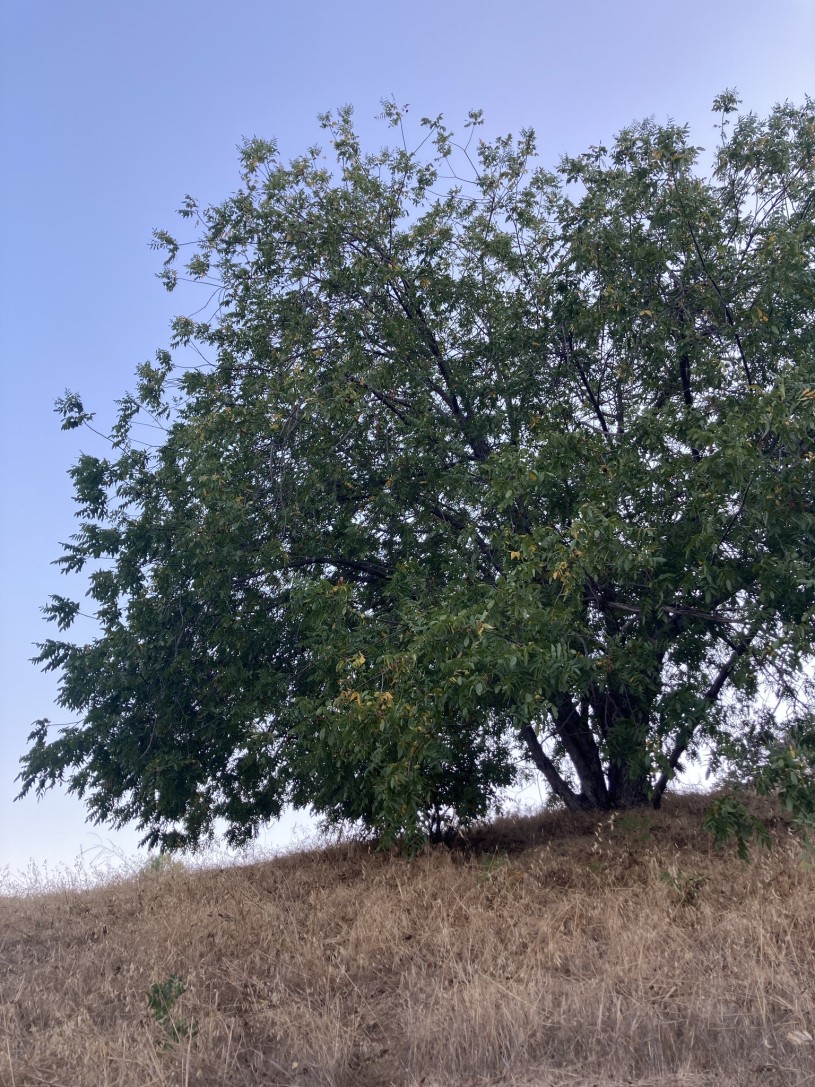
It wasn’t long into the nature walk that someone spotted the pointy ears of a coyote poking out from a ridgetop. The shed skins of gopher snakes punctuated the trails. Turkey vultures drafted overhead. Purple-tipped Western vervain sprouted among the tall grasses. The charm and wonder of Elephant Hill was seeping in.
Some residents call it the Heavens, and there is something miraculous about such a large space escaping the freeways and concrete that often define L.A. in our imaginations. “Sometimes you don't even know you're in the city when you're inside a little canyon,” says Elva Yañez, one of the founders of Save Elephant Hill, a group dedicated to ensuring public access to the hillside while protecting and preserving it. “Almost every night, the coyotes are howling. There are owls in the springtime. We see a lot of rabbits. And then occasionally, we'll come across gopher snakes.”
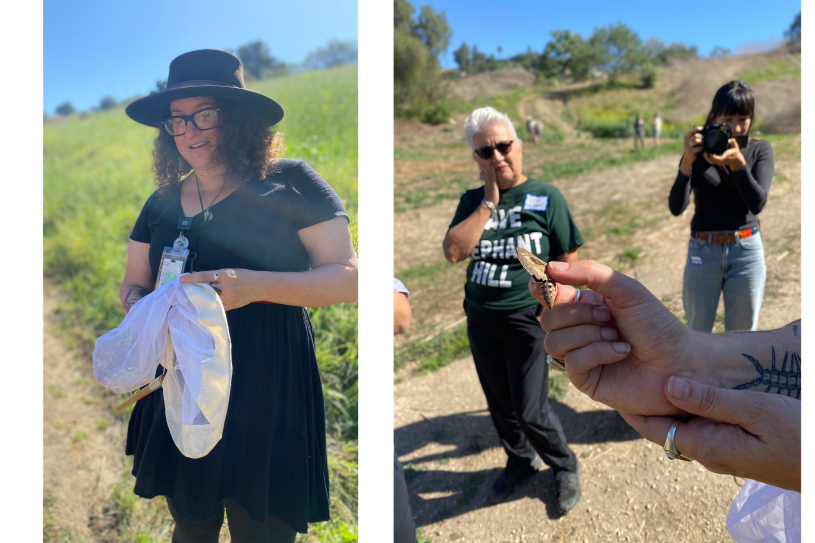
Yañez moved back to the El Sereno area in 2001, landing across the street from Elephant Hill. When a contested, but long-dormant development of luxury homes resurfaced to threaten the the hillside and surrounding neighborhoods in 2004, Yañez thought it might take a three-year campaign to protect Elephant Hill. Twenty years later, having changed the direction of her public health career along the way, she remains focused on increasing park equity in underserved communities and ensuring that residents have a role in land use decision-making.
The saying goes that ecology isn’t rocket science—it’s much harder, and the same might be said for protecting land in Los Angeles. Navigating the ins and outs of ownership, litigating land use decisions, applying to grants, lobbying decision-makers, adapting to legal outcomes, and advocating for changing policy is just an aromatic zest of what it takes. One of the ongoing challenges of Elephant Hill is its complex land ownership patterns—23 acres are publicly owned by the City of Los Angeles and the Mountains and Recreation Conservation Authority. The remaining 87 acres are subdivided into small lots with more than 300 individual owners. And then there are the on the ground logistics. There are multiple entrances each secured to varying degrees, so preventing things like illegal dumping and offroading defies straightforward solutions. But it’s a vital task.
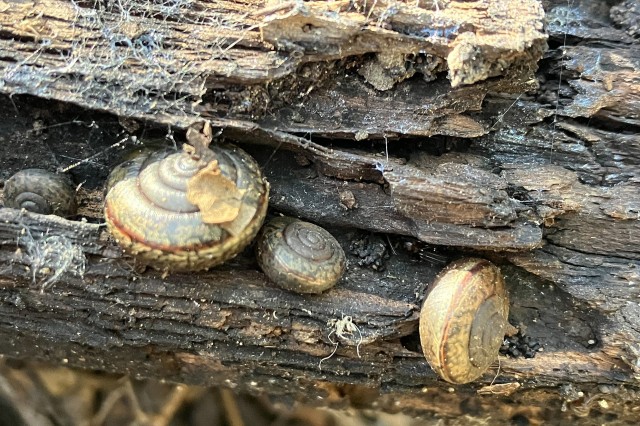
Trask shoulderband snails are only found in Southern California and critically imperiled. Their observation at Elephant Hill illustrates how important it is to protect the open space to defend threatened endemic species like these.
Image by Greg Pauly from iNaturalist observation
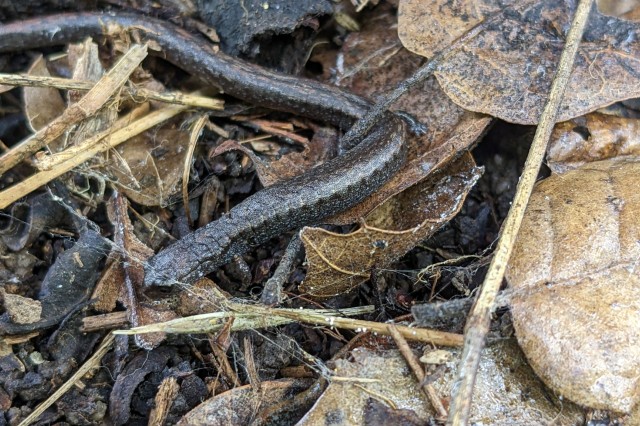
Black-bellied slender salamanders like this are another endemic species that call Elephant Hill home. They have small ranges, emphasizing how vital it is for green spaces like Elephant Hill for their survival.
Image by iNaturalist user andy71 (observation not from Elephant Hill)
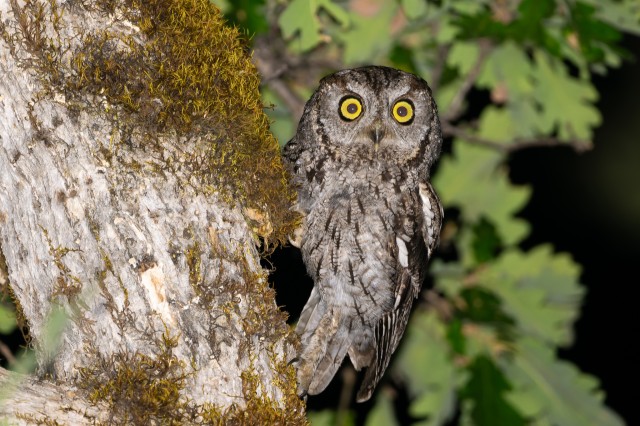
Western screech owls may be finding refuge in Elephant Hill's black walnuts. Funded by Friends of Griffith Park, the L.A. Raptor Survey has found that the owls may be hanging on in Elephant Hill even as they struggle in the larger region.
image by iNaturalist user rawcomposition (observation not from Elephant Hill)
1 of 1
Trask shoulderband snails are only found in Southern California and critically imperiled. Their observation at Elephant Hill illustrates how important it is to protect the open space to defend threatened endemic species like these.
Image by Greg Pauly from iNaturalist observation
Black-bellied slender salamanders like this are another endemic species that call Elephant Hill home. They have small ranges, emphasizing how vital it is for green spaces like Elephant Hill for their survival.
Image by iNaturalist user andy71 (observation not from Elephant Hill)
Western screech owls may be finding refuge in Elephant Hill's black walnuts. Funded by Friends of Griffith Park, the L.A. Raptor Survey has found that the owls may be hanging on in Elephant Hill even as they struggle in the larger region.
image by iNaturalist user rawcomposition (observation not from Elephant Hill)
Fruit of the Black Walnut
From food to shelter to the air we breathe, almost nothing solves as many problems as a tree, and the black walnut is at the root of the latest push to protect Elephant Hill. The Southern California black walnut Juglans californica is a hardy but threatened endemic tree. It can survive heat, drought, and even smog, providing habitat for birds and edible walnuts. The original caretakers of this land, the Tongva, call it Takaape’ Waashut, and its resilience and protected status have made it a powerful symbol for communities defending North East L.A. and Elephant Hill.
“A lot of our focus has been around the Southern California black walnut tree because this is all walnut-oak woodlands, and part of our legal arguments has been that Southern California black walnut is considered a rare and threatened species by the California Native Plant Society and under the California Department of Fish and Wildlife, it's also a sensitive natural community,” says Micah Haserjian, co-founder of Coyotl + Macehualli, an El Sereno organization dedicated to “protecting the community (including our plant and animal relatives) from environmentally dangerous and destructive developments that contribute to increased housing costs for low-income communities (indirect displacement) as well as the loss of an urban SoCal walnut woodland that provides so many benefits to our local ecology.”
Haserjian created the North East L.A. Southern California Black Walnut project on iNaturalist to track observations of the tree in and around Elephant Hill, creating a record of the species that makes it possible to track their locations, makes them more visible to nature enthusiasts, and easier to hold lawmakers accountable for their protection—a good solution using community science.
“In all these developments, they try to argue that we don't need to do any kind of environmental study because there are no sensitive species in the habitat—but it's clear that there is with the Southern California black walnut. So we've started building awareness around that tree because not only is it threatened, it's threatened by development and urban infill developments.”
Like Save Elephant Hill and other community-led organizations, Coyotl + Macehualli has gone to court to defend the space. They’ve also recognized the need for community-driven action, connecting human residents to their plant neighbors through Black Walnut Day, a season of events that led to Haserjian meeting NHM’s Lila Higgins, Senior Manager Community Science, and ultimately to October’s Nature Celebration.
“Being out on the land with community and collecting biodiversity data was so special, particularly under a solar eclipse! Not only is it powerful community science, but more specifically it is community-led conservation with tangible conservation outcomes,” says Higgins. “What an honor for the Museum to be invited into the community and be trusted enough to do this work.”
Connectivity is the heart of conservation, whether it’s recognizing our connection with nature or the need for connectivity between habitats. As climate change and development continue to threaten wildlife, protecting places like Elephant Hill will only become more important to conserving our local biodiversity. Activating the land through education, outreach, and events like the Community Nature Celebration and Habitat Survey as well as Black Walnut Day can bring people together and motivate people to make a difference.
“We can't do this by ourselves. We need to have a comprehensive, community-driven approach. The credibility that other groups bring and partnerships with groups like the Natural History Museum—that's priceless,” says Yañez. “You can't substitute money for that. It's all about relationships.”
Photo by Tyler Hayden
Participants gathered at the foot of Elephant Hill for a brief iNaturalist training before setting off on a nature walk
Photo by Tyler Hayden
NHM Community Science Program Manager Amy Jaecker-Jones leads a nature walk at Elephant Hill
Photo by Tyler Hayden
A mom introduces the kids to their animal neighbors at Elephant Hill
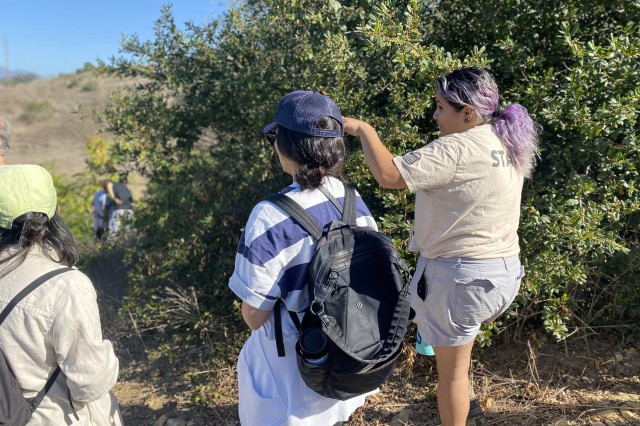
Photo by Tyler Hayden
NHM Community Science Coordinator Valerie Ahumada points out local wildlife (probably a plant!) to participants on the nature walk
1 of 1
Participants gathered at the foot of Elephant Hill for a brief iNaturalist training before setting off on a nature walk
Photo by Tyler Hayden
NHM Community Science Program Manager Amy Jaecker-Jones leads a nature walk at Elephant Hill
Photo by Tyler Hayden
A mom introduces the kids to their animal neighbors at Elephant Hill
Photo by Tyler Hayden
NHM Community Science Coordinator Valerie Ahumada points out local wildlife (probably a plant!) to participants on the nature walk
Photo by Tyler Hayden
